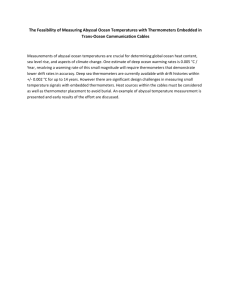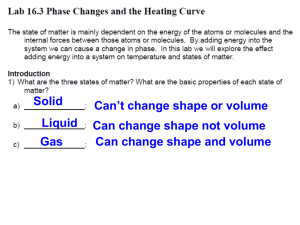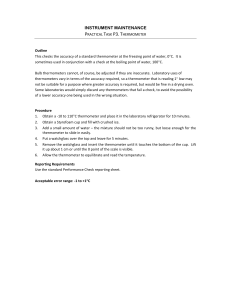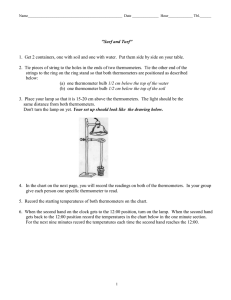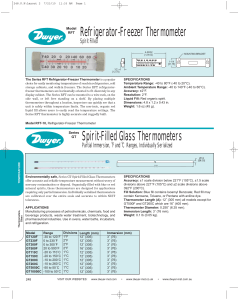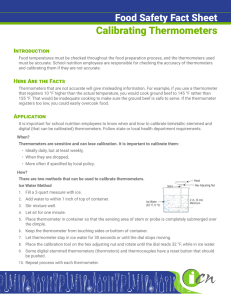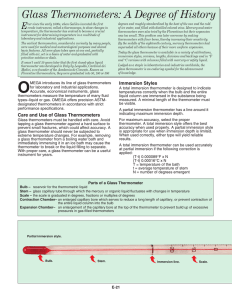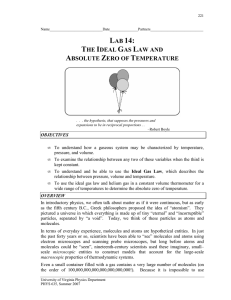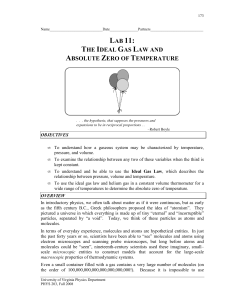Measuring Temperature: The Effect of the Cryosphere on
advertisement
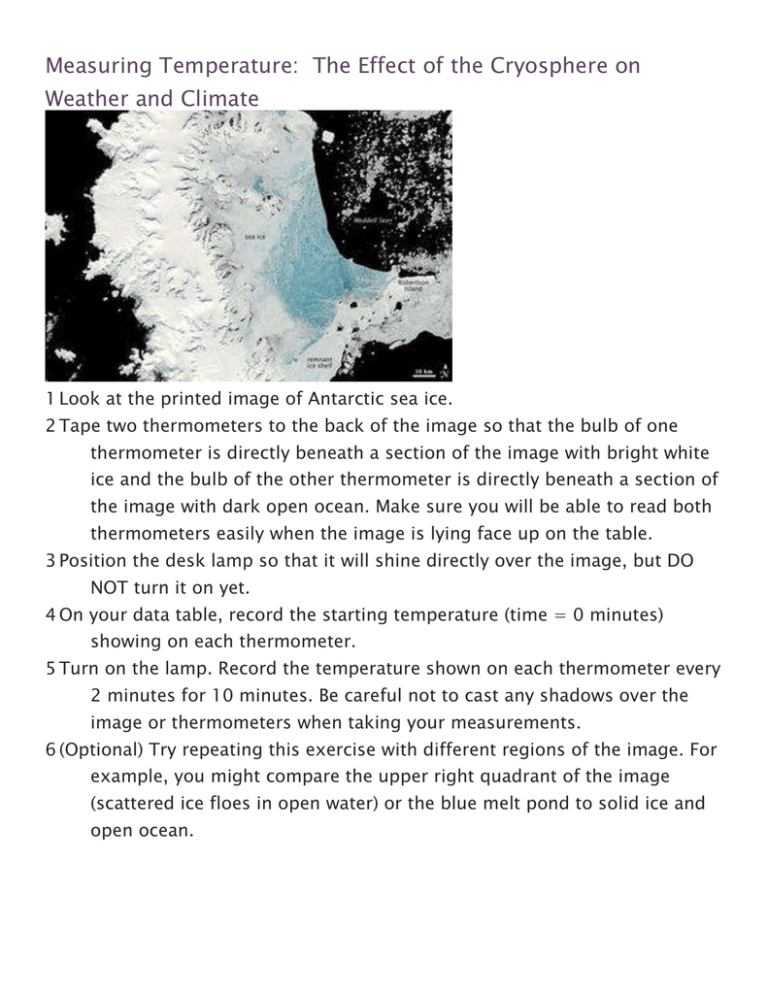
Measuring Temperature: The Effect of the Cryosphere on Weather and Climate 1 Look at the printed image of Antarctic sea ice. 2 Tape two thermometers to the back of the image so that the bulb of one thermometer is directly beneath a section of the image with bright white ice and the bulb of the other thermometer is directly beneath a section of the image with dark open ocean. Make sure you will be able to read both thermometers easily when the image is lying face up on the table. 3 Position the desk lamp so that it will shine directly over the image, but DO NOT turn it on yet. 4 On your data table, record the starting temperature (time = 0 minutes) showing on each thermometer. 5 Turn on the lamp. Record the temperature shown on each thermometer every 2 minutes for 10 minutes. Be careful not to cast any shadows over the image or thermometers when taking your measurements. 6 (Optional) Try repeating this exercise with different regions of the image. For example, you might compare the upper right quadrant of the image (scattered ice floes in open water) or the blue melt pond to solid ice and open ocean. Data: Ice-covered region Time (mins) Temperature (°F or °C) 0 2 4 6 8 10 Ocean Region Time (mins) Temperature (°F or °C) 0 2 4 6 8 10 Analysis: Using graph paper, make a plot of temperature as a function of time for the ice-covered and ocean regions of the image. Conclusion: 1. How did the temperatures of the two regions compare over time? 2. What implication does this have for Earth’s climate if the polar ice caps continue to melt and shrink?

